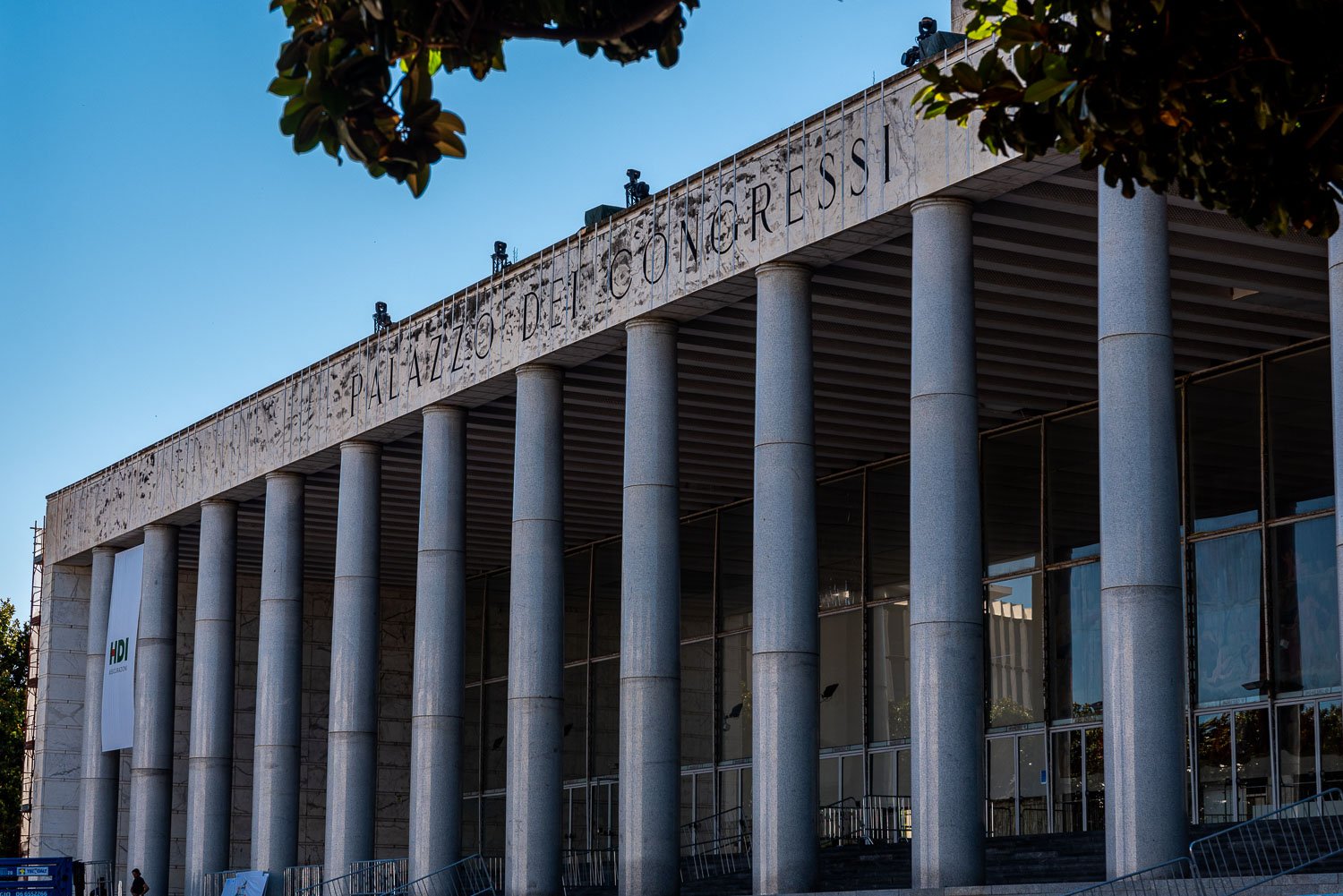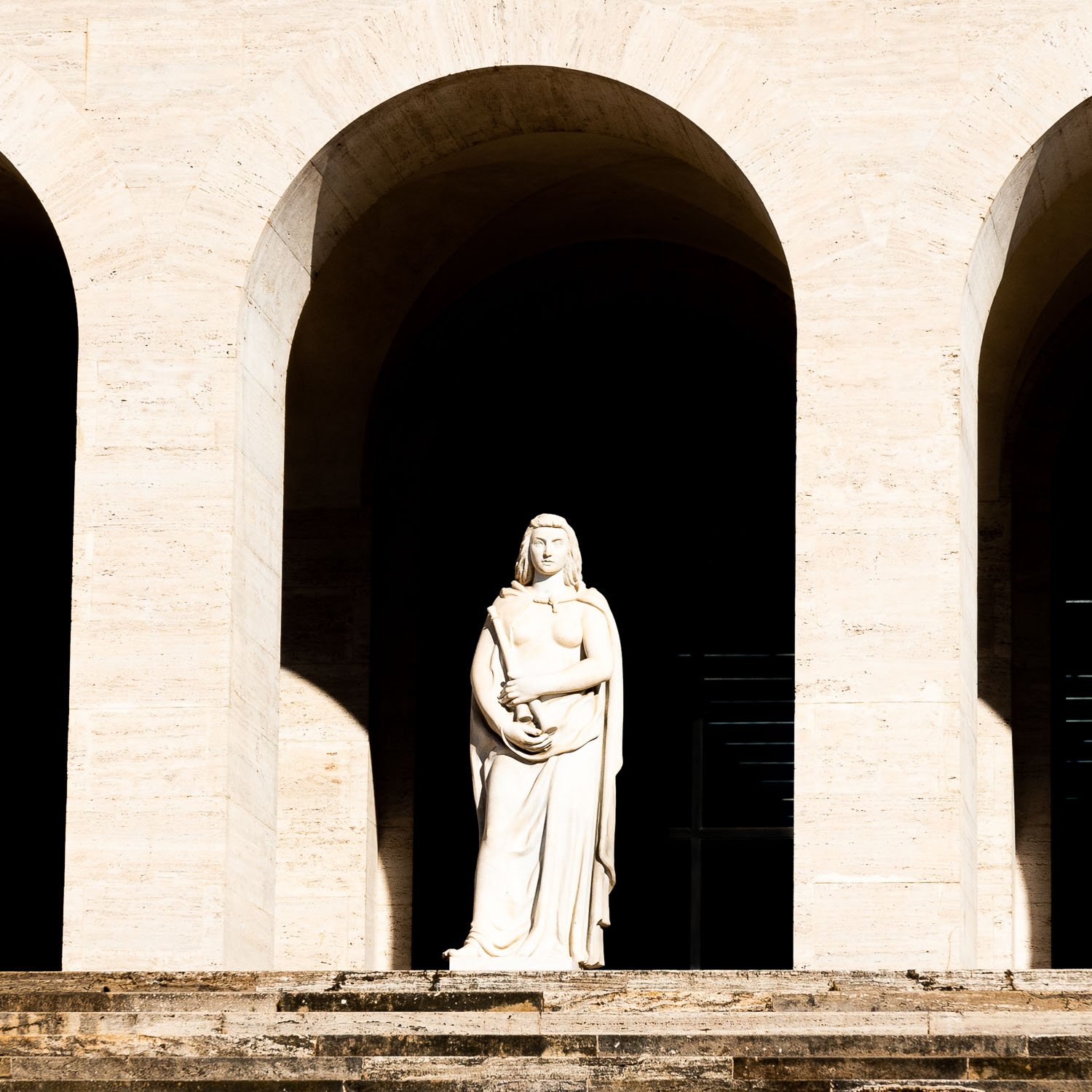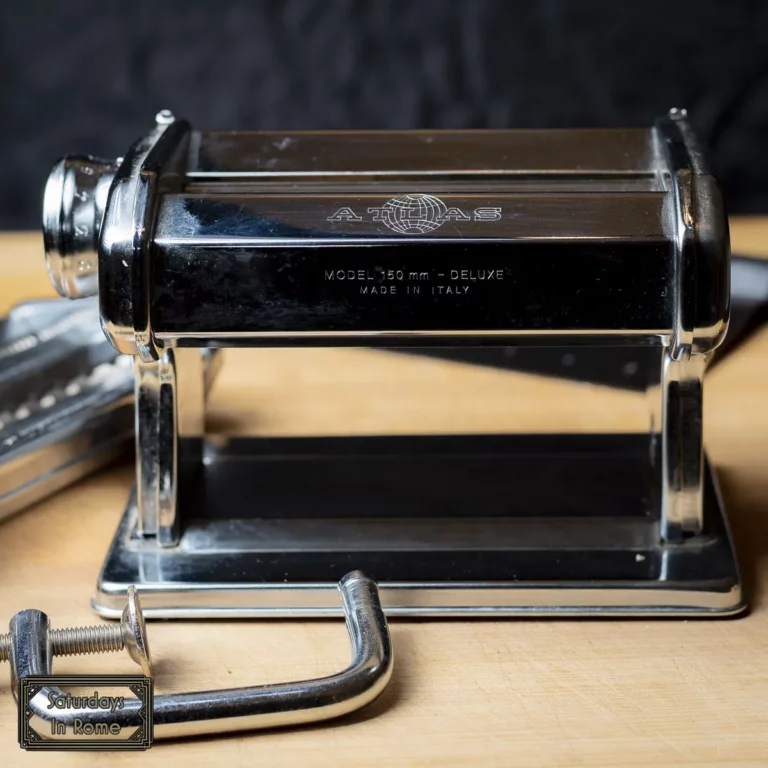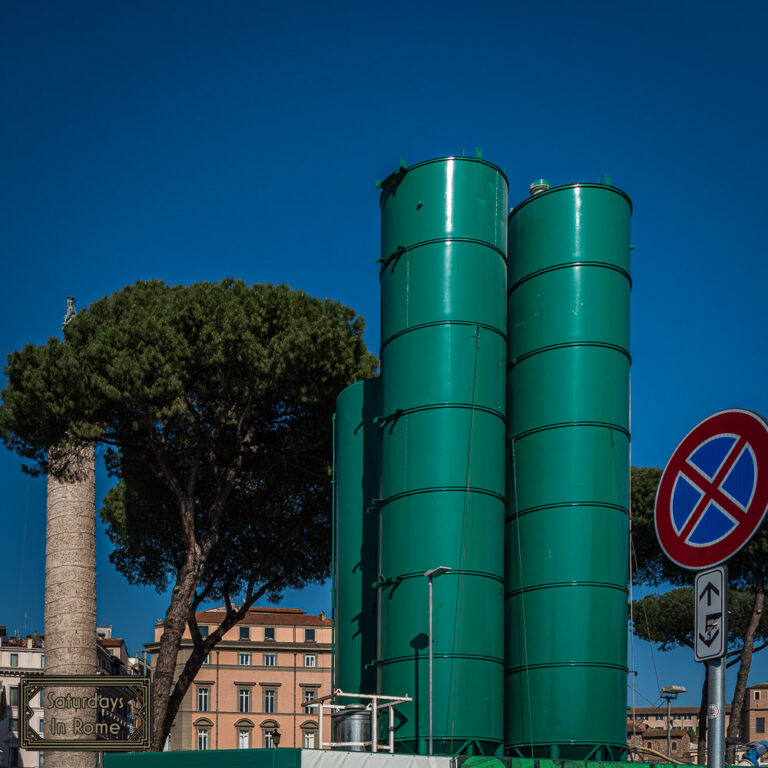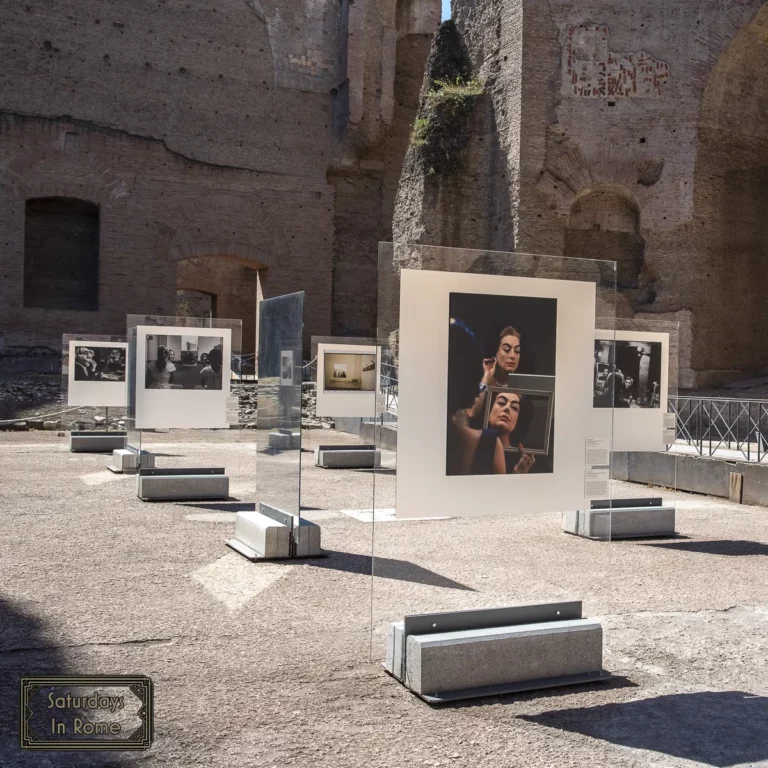EUR Rome: A Historical District That You Should Experience
The EUR Rome district is a unique, historical neighborhood that is unlike anything you have seen in the city which dates back to Mussolini’s Fascist period in Italy.
Palazzo della Civiltà Italiana
What Does EUR, Rome Stand For?
In the 1930s, Mussolini expressed the desire to start a unique construction project suitable for the headquarters of the World’s Fair, also known as the Universal Exposition di Roma (EUR), that would take place in 1942. World War II put an end to this plan, but it didn’t prevent this neighborhood from being built and still representing a very active urban area today.
Need Help Planning?
- Cheap Flights: Find The Most Affordable Flights.
- Accommodations: From 1 to 5 Stars And More.
- Car Rentals: Affordable Travel Across Italy.
- Sightseeing Tours: Explore Some Amazing Tours.
- Buying An eSIM: Stay Connected In Italy.
This post includes affiliate links.
The EUR Rome Architecture
Over the years, the EUR neighborhood has continued to be developed, adding new buildings and urban spaces, becoming a modern and functional area. Here, architectural enthusiasts can see the buildings that date back to the Fascist period built in the same monumental style of the time. The “Palazzo della Civiltà del Lavoro”, with its façade of overlapping arches, and the “Palazzo dei Congressi” are great examples of this.
Who Created The EUR – Rome Neighborhood?
In 1935 the governor of Rome, Giuseppe Bottai, proposed to Mussolini to nominate the Italian capital to be the site for the future universal exhibition of 1942, which would have made it possible to celebrate the twentieth anniversary of the march on Rome and promote the success of fascism in front of an international audience.
The Marconi Obelisk
The Mussolini government supported the initiative with the creation of a special autonomous body, the Autonomous Universal Exposition of Rome (l’Ente Autonomo Esposizione Universale di Roma). The area of the Three Fountains (Tre Fontane) was chosen under the belief that it was an ideal connection between Imperial Rome (represented by Caracalla, one of the ancient Roman baths in Rome.) and the Tyrrhenian Sea along the Via Imperiale (today via Cristoforo Colombo). The new district was designed to be a further expansion into the area southwest of the city.
The Birth Of The EUR – Rome District
The design of the district was inspired by the ideology of fascism and by classical Roman urban planning, bringing to it the elements of Italian Rationalism, which is a varied system with orthogonal axes and grand, imposing, massive and square architectural buildings, mostly built with white marble and travertine to remind visitors of the temples and buildings of imperial Rome.
The symbolic element of this architectural model is the Palazzo della Civiltà Italiana, nicknamed the “Square Colosseum”. However, the universal exhibition never took place due to construction delays, the sudden death of the governor Piero Colonna and the preparations for the Italian participation in the Second World War. The original project was never completed and after being interrupted in 1942, most of the works were destined to remain unfinished, and some were never started.
In 1944, the territory of EUR was occupied by the German Army, who were advancing from the sea towards Rome. It was used as a place of shelter for the troops, the Palazzo della Civiltà Italiana was transformed into a repair shop and the workers’ village was transformed into a barracks.
The Germans had completely emptied the buildings and civilians emptied the workers’ village. After the war, only ruins and undeveloped spaces not connected to the city remain, but it is from here that the development of the EUR started again. Starting from the early 1950s, this represented the post-war reconstruction, which was the basis of the Italian Socio-Economic recovery.
Key Attractions In The EUR – Rome District
EUR is a wide area, but there are two buildings in particular that are visually representative of the style of architecture. They are the Palazzo della Civiltà Italiana and the Palazzo dei Ricevimenti e dei Congressi.
Palazzo dei Congressi
The Palazzo dei Congressi has Seen Better Days
The Palazzo dei Ricevimenti e dei Congressi, also known as Palazzo dei Congressi, was designed by Adalberto Libera and started in 1938. It was completed in 1954 and then opened to the public. Because of its capacity it was also intended to host fencing competitions at the 1960 Olympic Games in Rome.
Today, the Palazzo dei Congressi is the first choice for numerous events held over the years, including exhibitions, seminars, conferences and political party conventions.
Palazzo della Civiltà Italiana
The most symbolic of the building in EUR is the Palazzo della Civiltà Italiana, also known as the Palazzo della Civiltà del Lavoro and the Square Colosseum. This building was conceived in 1936, designed in 1937, construction began in July 1938 and it was still incomplete when it was inaugurated in 1940.
One of the 28 Statues
The building has a square plan with four equal faces which all have 54 arches on each face, with 9 rows and 6 columns. In these arches on the ground floor there are 28 statues, each of them representing the virtues of the Italian people. These are:
| Heroism | Philosophy | Architecture | Printing |
| Music | Commerce | Law | Medicine |
| Craftsmanship | Industry | The Primacy Of Navigation | Geography |
| Political Genius | Archeology | Sculpture | Physics |
| Social Order | Astronomy | Mathematics | The Genius Of Poetry |
| Work | History | The Genius Of Theater | Painting |
| Agriculture | Inventive Genius | Chemistry | Military Genius |
These statues and virtues were what Mussolini wanted to promote as the ideals of Italy and what the Fascists wanted to represent. With hindsight, some of these seem a bit curious by today’s standards.
Basilica dei Santi Pietro e Paolo
Is EUR Rome An Attraction Worth Visiting?
The Architecture in the EUR Rome district is truly something to behold. It is like history frozen in time and it is a must-see if you have the time. If you are interested in EUR, these additional posts will also be interesting:
- EUR Lake Rome is a beautiful urban oasis where you can see the cherry blossom in the spring, rent a paddle boat or just go for a jog.
- The Foro Italico, Rome Is The Olympic Forum With A History.
- Take a look at my information about: Is Rome Safe?
- Is Garbatella, Rome Safe For Tourists To Visit At Night?
- Janiculum Hill Has Some Of The Best Views In All Of Rome.
- The Tiber River In Rome Is As Historic As The City Itself.
- The Districts Of Rome Are All Uniquely Roman Experiences.
- 12 Useful Things To Know Before Traveling To Rome.



